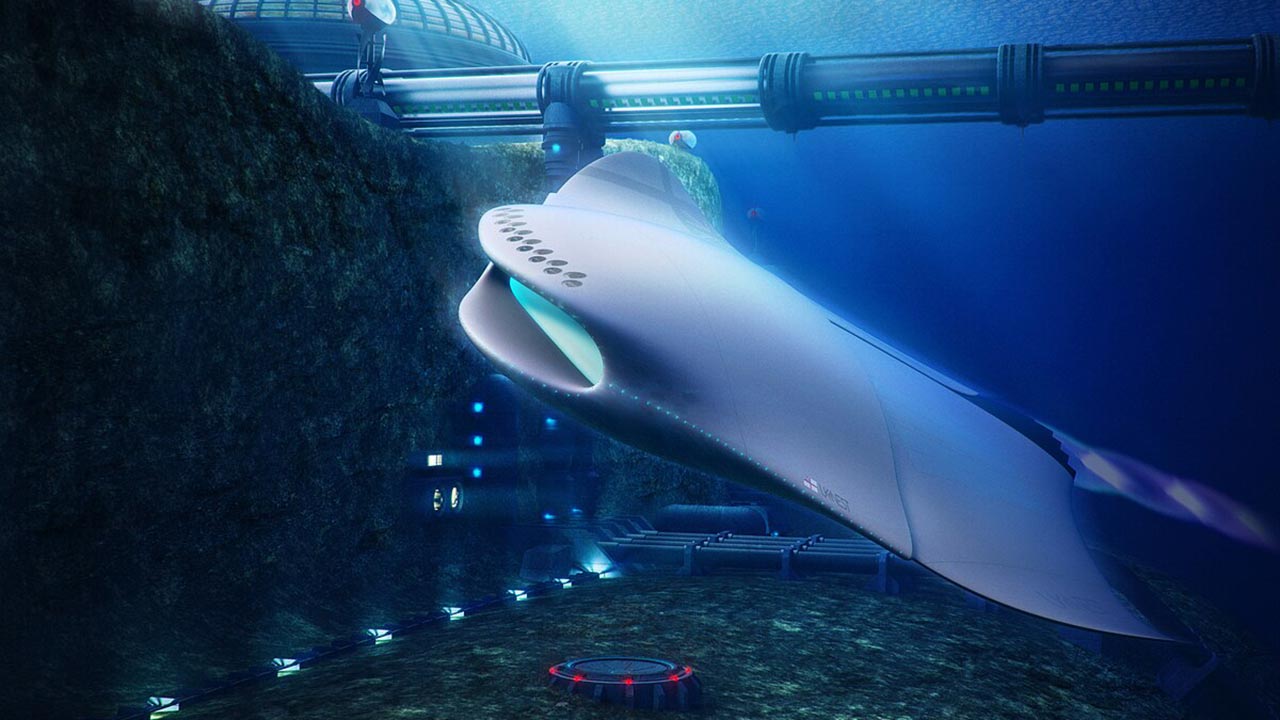
In the rapidly evolving landscape of modern warfare, futuristic weapons that once seemed far-fetched are now a reality. From directed energy weapons to biometric weaponry, these advanced technologies are shaping the future of combat. Here’s a closer look at nine groundbreaking weapons that are already in existence.
Directed Energy Weapons

Directed energy weapons (DEWs) are no longer confined to the realms of science fiction. These weapons utilize concentrated energy to damage or incapacitate targets, offering precision and reduced collateral damage. The U.S. military has been actively developing DEWs, including laser systems capable of intercepting missiles and drones. Their silent operation and speed-of-light delivery make them formidable assets in modern warfare.
Hypersonic Missiles
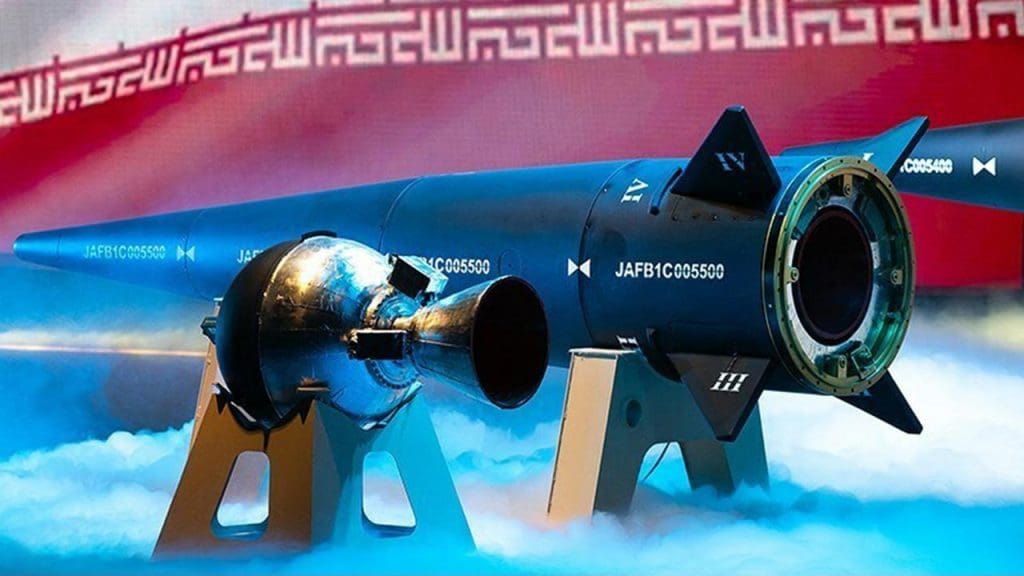
Hypersonic missiles represent a significant advancement in missile technology, traveling at speeds exceeding Mach 5. These weapons can maneuver during flight, making them extremely difficult to intercept. Countries like Russia, China, and the United States are in a race to develop operational hypersonic systems, with the potential to alter global military dynamics due to their speed and precision.
Railguns
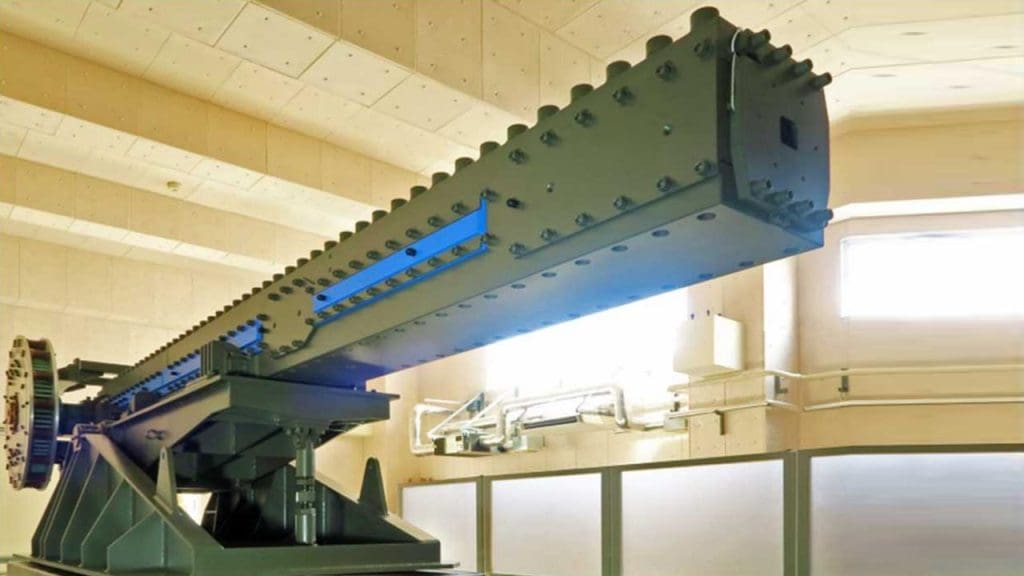
Railguns utilize electromagnetic force to launch projectiles at velocities far greater than traditional firearms. This futuristic technology allows for long-range strikes with high kinetic energy, reducing the need for explosive warheads. While still in the testing phase, railguns promise to revolutionize naval warfare by providing ships with enhanced firepower and reduced ammunition costs.
Autonomous Combat Drones
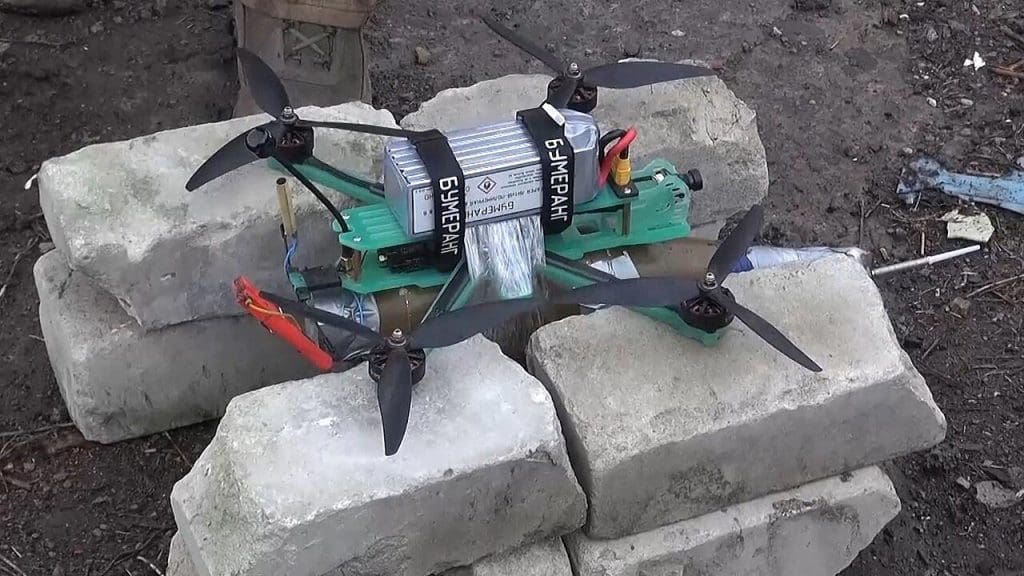
Autonomous combat drones have become an integral part of military operations. These drones can perform a variety of tasks, from reconnaissance to targeted strikes, without direct human control. Advances in artificial intelligence enable them to make real-time decisions, increasing their effectiveness and reducing the risk to human pilots. They are a key component in modern military strategies, providing flexibility and tactical superiority.
Exoskeleton Suits for Soldiers
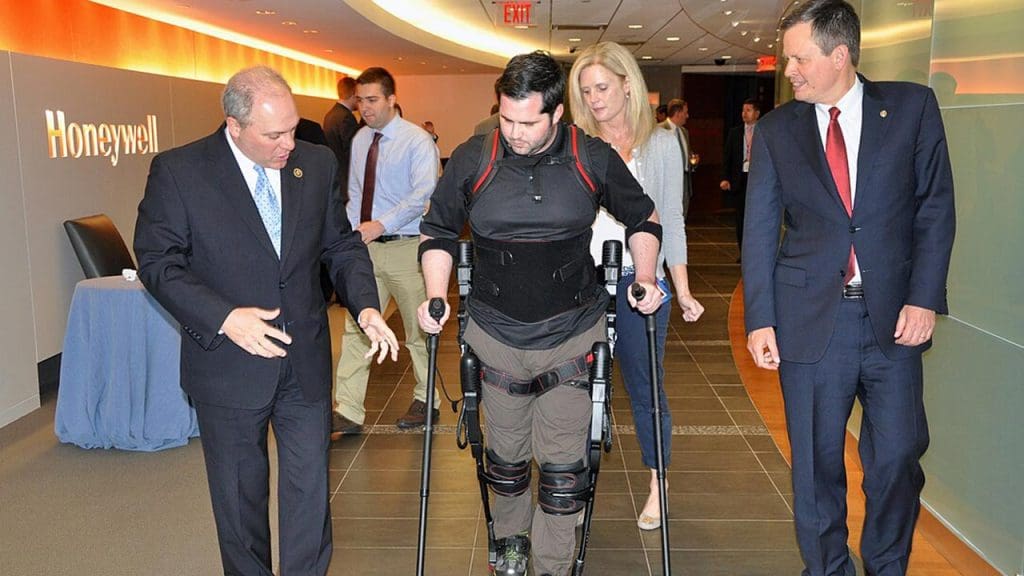
Exoskeleton suits are enhancing the capabilities of soldiers on the battlefield. These wearable robotic systems augment human strength and endurance, allowing soldiers to carry heavy loads and move faster with less fatigue. Research and development in this field are advancing rapidly, with countries like the United States and China exploring their potential for future military applications.
Advanced Stealth Technology
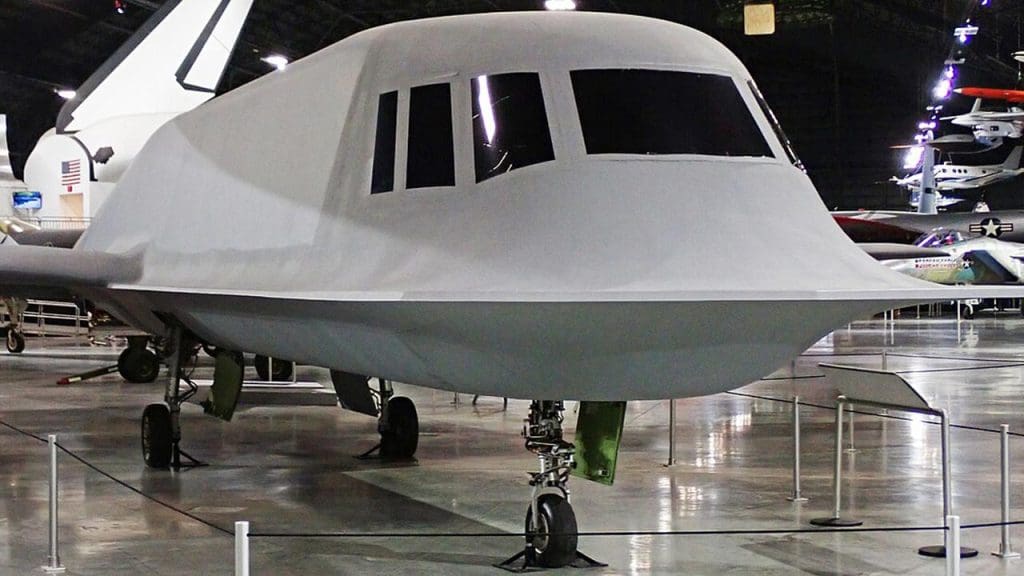
Advanced stealth technology is crucial for maintaining the element of surprise in military operations. Modern stealth aircraft and vessels employ materials and designs that minimize detection by radar and other sensors. This technology is continually evolving, with innovations such as metamaterials and active camouflage systems pushing the boundaries of invisibility.
Laser-Guided Projectiles
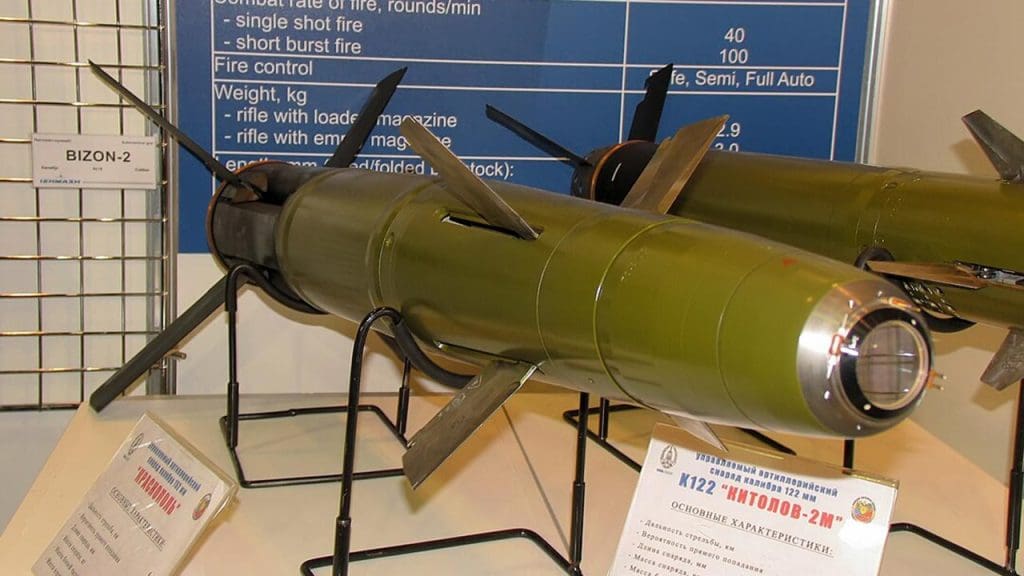
Laser-guided projectiles offer precision targeting capabilities, increasing the accuracy and effectiveness of artillery systems. These weapons use laser designators to lock onto targets, ensuring minimal collateral damage. Deployed by numerous military forces worldwide, laser-guided munitions have proven their worth in combat scenarios, providing a significant advantage in both offensive and defensive operations.
Cyber Warfare Tools
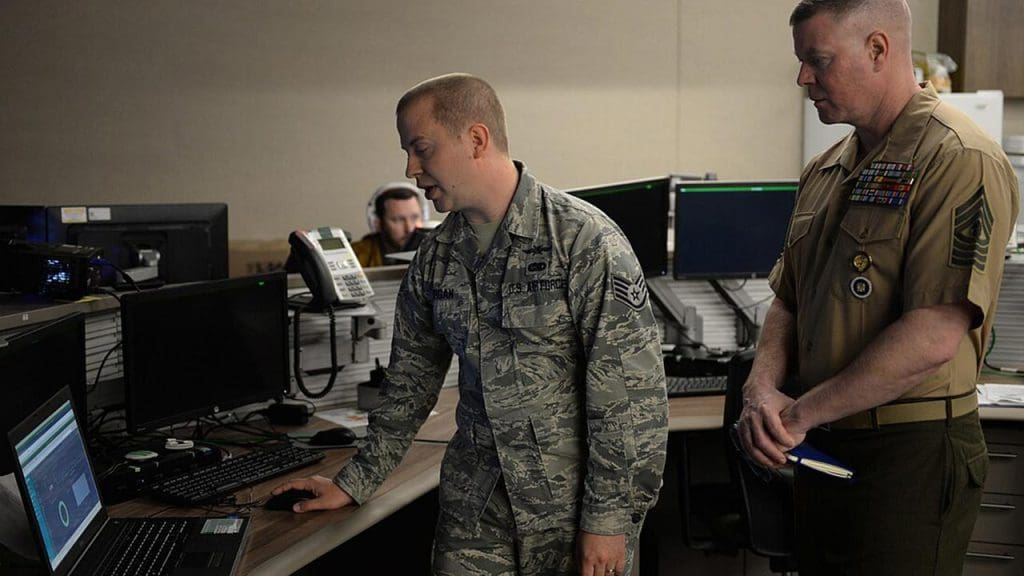
Cyber warfare tools are an essential component of modern military arsenals. These tools enable states to disrupt, disable, or destroy digital infrastructure and communication networks. Nations are developing sophisticated cyber capabilities to defend against and launch cyber attacks, recognizing the strategic importance of cyber warfare in the 21st century. The potential impact of these tools on national security and global stability cannot be underestimated.
Biometric Weaponry
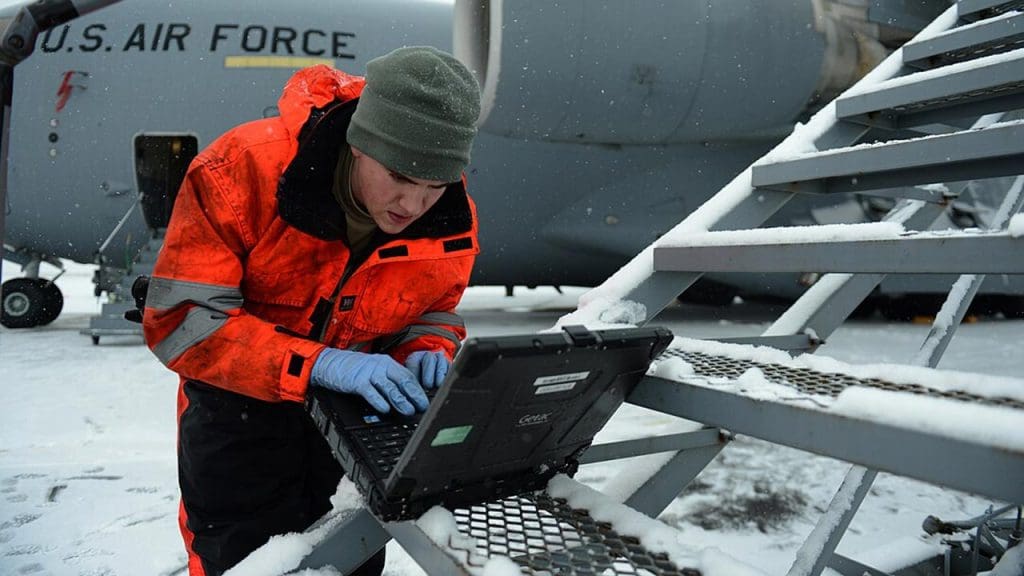
Biometric weaponry is an emerging field that integrates biometric data for enhanced targeting and identification. These systems use facial recognition and other biometric markers to identify and engage specific individuals, potentially reducing collateral damage in military operations. While still in development, biometric weaponry holds promise for future conflict scenarios, offering precision and accountability in targeting.